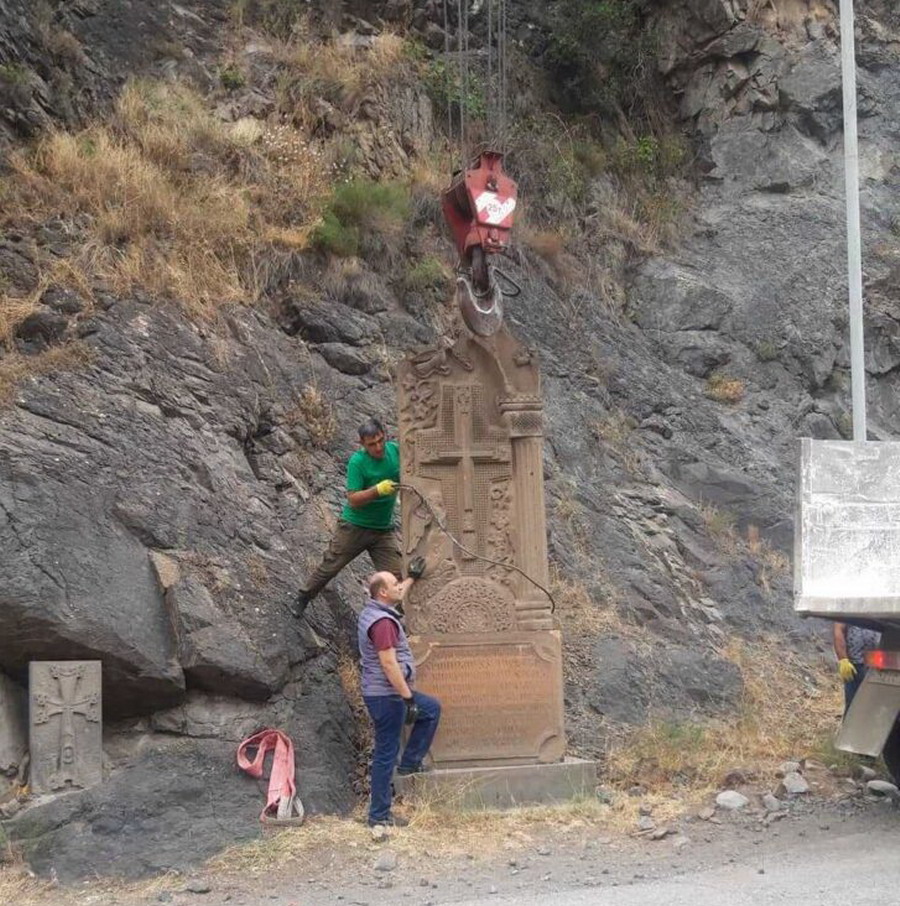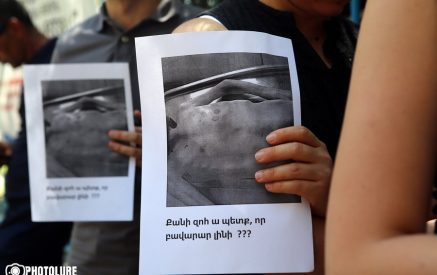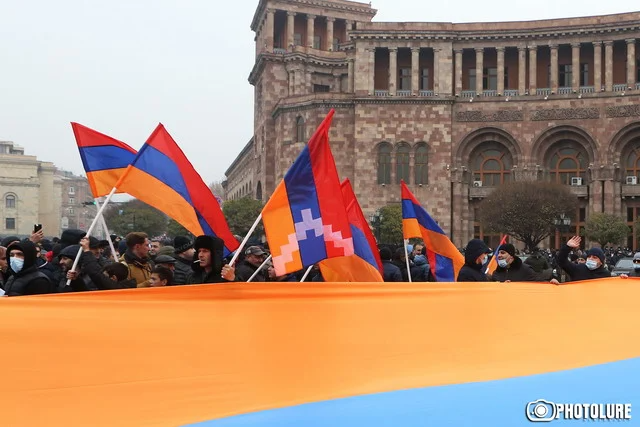There is such an episode in “Armenian Sketches” by Vardges Petrosyan. The 11th Red Army enters Armenia, and the Armenian soldiers of that army learn the Armenian alphabet while walking. “Is it reality or a myth,” the writer thinks, “I believe in myths; I envy people who can invent myths.” Some 20 years ago, those lines caused me anger: it pays tribute to the ruling ideology (as the book “Sketches” was published in 1980, during the USSR), flatters the Russians, “blesses the moment,” and so on.
All of that is there, of course. But now I try to “think more complexly” to put the previously expressed thoughts, the events that happened in a particular context. In the context of that work, there are the khachkars (cross-stone) of Jugha, which has now been destroyed; the Amaras Monastery, which is threatened with the same fate, Arpa-Sevan, the abandoned village; the longing for the homeland of the Diaspora Armenians. All of this forms the sense of the Armenian identity of the 70s and 80s and the narratives by which Armenians lived in that period.
Thousands of people had Raffi’s volumes, the works of Sevak, Shiraz, Khanzadyan, Dashtens, and Galshoyan in their homes. Those thousands were ordinary workers, engineers, doctors, and teachers. (Recently, a very common person “caught” me on the street and was reciting excerpts from Shiraz’s” “Dante-esque” – it’s clear why).
Now, you will say that these people were brought up in the conditions of “Soviet-Armenian patriotism.” Perhaps it is so. But maybe inspired by those “wrong,” “unrealistic” myths, people stood up in 1988 and fought in the first Artsakh war.
Read also
Where are those people? I am sure that most of them are not in Armenia. Many people are upset with their homeland; they promised to return in 2018 but never did. My contemporaries, who stayed and lived with the ideas of liberating Artsakh, are now depressed. (Personally, that word is too mild to describe my state of mind.)
And the next generations, if they have read at least one book, then those books have nothing to do with those mentioned above, perhaps “outdated” myths. They live by other narratives. I’m not saying it’s good or bad. Just different.
ARAM ABRAHAMYAN




























































